Everything on model trains, model railroads, model railways, locomotives, model train layouts, scenery, wiring, DCC and more. Enjoy the world's best hobby... model railroading!
Why the 1960s Remain a Favorite Era for Model Railroaders
When model railroaders choose an era for their layout, the 1960s consistently rise to the top. This decade offered so much… variety in locomotives, evolving industries, striking colors, and an intriguing mix of the old and the new. It’s an era that captures a real sense of change, and that’s part of what makes it so fascinating to model.
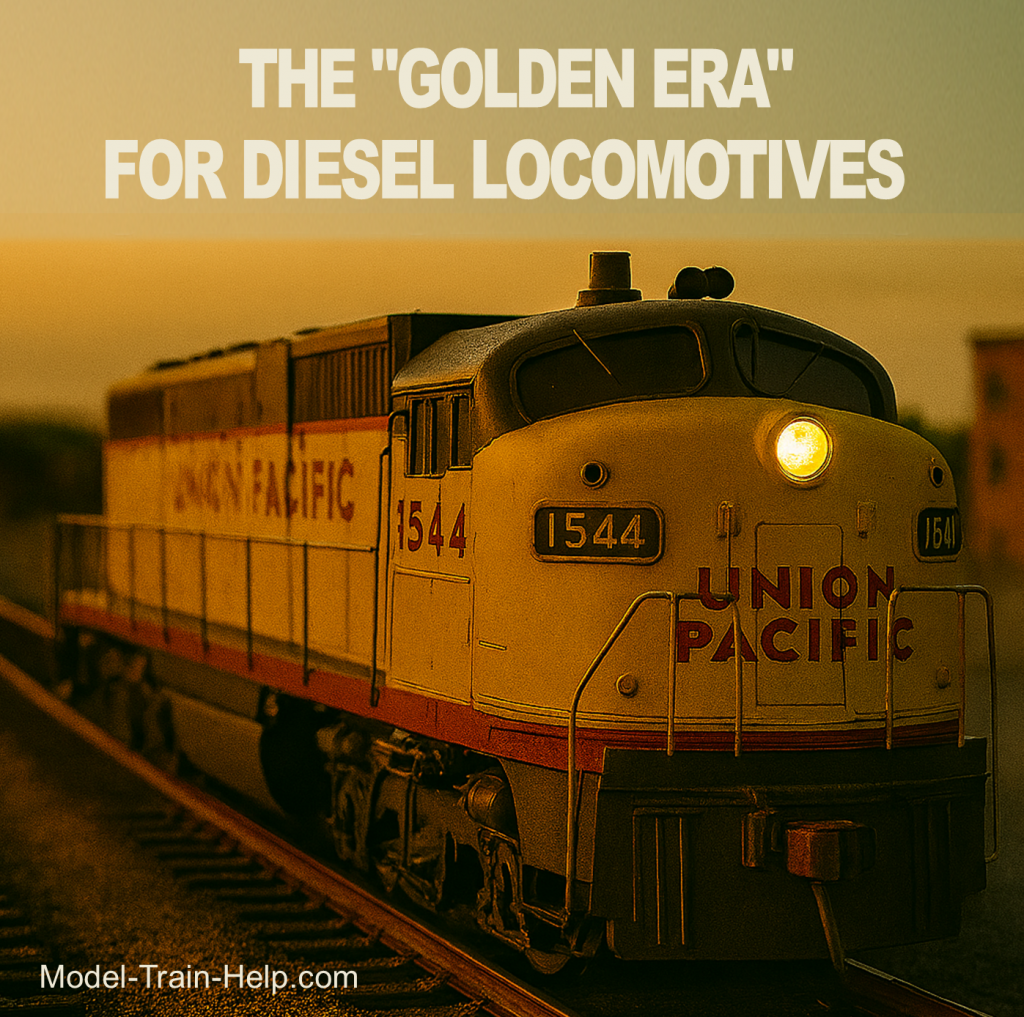
A Dynamic Transition Period
The 1960s marked a major turning point in railroad history. Steam locomotives had mostly disappeared, but traces of them remained in smaller branch lines. First-generation diesel locomotives were still hard at work, while sleek new second-generation diesels were rolling out across the country. That blend of eras gives modelers tremendous flexibility.
A 1960s layout can feature everything from early EMDs and Alcos to emerging GP30s or SD40s. Freight cars varied in both size and style… 40-foot boxcars alongside newer 50-foot types creating visual diversity without breaking authenticity. Modelers can mix and match equipment from the late 1950s through early 1970s and still remain believable.
This flexibility is one of the key reasons so many modelers enjoy recreating this time. It’s a period that feels complete but not confined… full of operational and visual possibilities.
The Look of a Changing America and Europe
The 1960s were also an era of enormous change in the built environment. Old brick warehouses still dominated many industrial districts, but modern concrete plants, glass-fronted offices, and suburban expansion were rapidly reshaping towns and cities.
That contrast gives a layout real depth. A small 1960s town could include an older freight depot, a new supermarket, a downtown gas station with modern signage, and a few tired-looking factories showing their age. The vehicles, too, tell a story… gleaming new Chevrolets (if you are modelling a US scene) beside older Fords still running strong.
Railroads themselves were also experimenting visually. Bright, modern paint schemes replaced the subdued tones of earlier decades, and company logos became bolder. For modelers, that means more color, more variation, and plenty of room for creativity when weathering and detailing locomotives and rolling stock.
Operations and Realism
Operationally, the 1960s provide some of the most interesting possibilities. Railroads were still serving local industries… grain elevators, small warehouses, lumber yards, and team tracks were common. Passenger service was declining but hadn’t yet disappeared entirely, and mail or express runs could still be modeled authentically.
Freight cars were generally shorter and locomotives smaller compared to modern equipment, which makes the 1960s perfect for modelers working with limited layout space. Trains look right on modest curves and shorter sidings, yet operations can still be realistic and engaging.
A Dynamic Transition Period
The 1960s marked a major turning point in railroad history. Steam locomotives had mostly disappeared, but traces of them remained in smaller branch lines. First-generation diesel locomotives were still hard at work, while sleek new second-generation diesels were rolling out across the country. That blend of eras gives modelers tremendous flexibility.
A 1960s layout can feature everything from early EMDs and Alcos to emerging GP30s or SD40s. Freight cars varied in both size and style… 40-foot boxcars alongside newer 50-foot types creating visual diversity without breaking authenticity. Modelers can mix and match equipment from the late 1950s through early 1970s and still remain believable.
This flexibility is one of the key reasons so many modelers enjoy recreating this time. It’s a period that feels complete but not confined… full of operational and visual possibilities.
The Look of a Changing America and Europe
The 1960s were also an era of enormous change in the built environment. Old brick warehouses still dominated many industrial districts, but modern concrete plants, glass-fronted offices, and suburban expansion were rapidly reshaping towns and cities.
That contrast gives a layout real depth. A small 1960s town could include an older freight depot, a new supermarket, a downtown gas station with modern signage, and a few tired-looking factories showing their age. The vehicles, too, tell a story… gleaming new Chevrolets (if you are modelling a US scene) beside older Fords still running strong.
Railroads themselves were also experimenting visually. Bright, modern paint schemes replaced the subdued tones of earlier decades, and company logos became bolder. For modelers, that means more color, more variation, and plenty of room for creativity when weathering and detailing locomotives and rolling stock.
Operations and Realism
Operationally, the 1960s provide some of the most interesting possibilities. Railroads were still serving local industries… grain elevators, small warehouses, lumber yards, and team tracks were common. Passenger service was declining but hadn’t yet disappeared entirely, and mail or express runs could still be modeled authentically.
Freight cars were generally shorter and locomotives smaller compared to modern equipment, which makes the 1960s perfect for modelers working with limited layout space. Trains look right on modest curves and shorter sidings, yet operations can still be realistic and engaging.
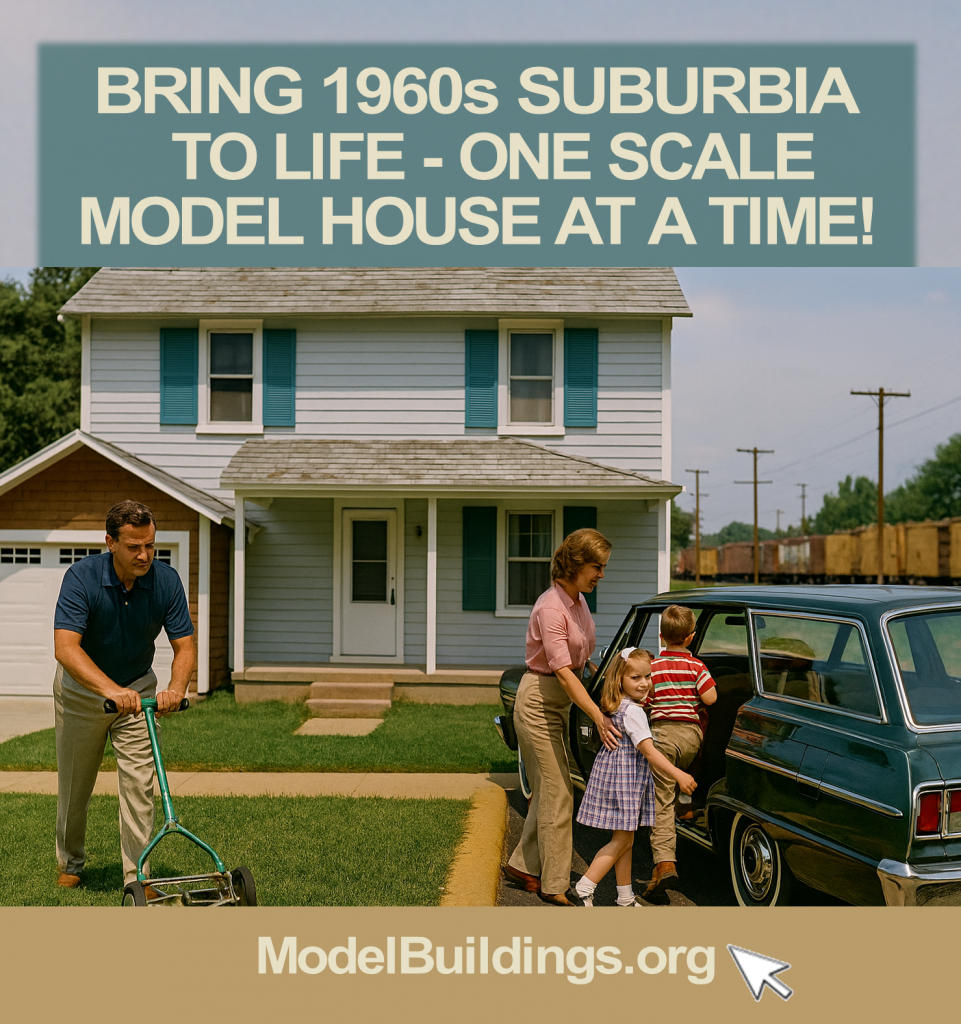
Kits, Costs, and Modern Alternatives
Back in the 1960s, the model railroading hobby itself was going through a transformation. That decade saw a surge in plastic kits and greatly improved molding techniques, allowing hobbyists to build more detailed locomotives, rolling stock, and structures than ever before. Those kits were revolutionary at the time, but they can be expensive to today, and even modern versions often require painting, airbrushing, and detailing to bring them up to a realistic standard.
Because of that, many modern hobbyists have turned to photo-realistic downloadable kits and printable building plans as a cost-effective, time-saving alternative. These printed models can be pre-weathered, scaled for HO, OO, or N gauge, and easily customized. They offer the realism of detailed textures and subtle weathering without needing a spray booth or airbrush setup.
A great resource for this approach is ModelBuildings.org, where you can instantly download and print 1960s-era houses, factories, warehouses, and railroad structures. These designs capture the authentic look of mid-century architecture and are perfect for blending older brick buildings with newer modern additions, exactly what you’d expect to see in a 1960s town or industrial area.
Capturing the Spirit of the Era
To make your 1960s layout really come alive, study real-world photos from the time. Note how buildings were beginning to show age… faded paint, cracked signs, weather-worn brickwork… and how modern elements crept in, such as fluorescent signage or aluminum trim. Mix those contrasts freely.
You can also blend rolling stock from different railroads, as mergers hadn’t yet consolidated the rail scene. That gives you a vibrant mix of logos, colors, and car types. Add realistic details like period automobiles, telephone poles, mailboxes, and advertising signs, and the setting will instantly transport your viewers back in time.
Recreate a World full of Character, Industry, and Life.
The 1960s offer the perfect “sweet spot” for model railroaders: just modern enough to feel familiar, yet old enough to retain the grit and charm of classic railroading. It’s a time of change, color, and contrast… and for modelers, that means endless creative opportunities.
Whether you prefer building plastic kits or using photo-realistic printable structures from ModelBuildings.org, this era rewards imagination and attention to detail. The 1960s aren’t just history, they’re an invitation to recreate a world in motion, full of character, industry, and life.
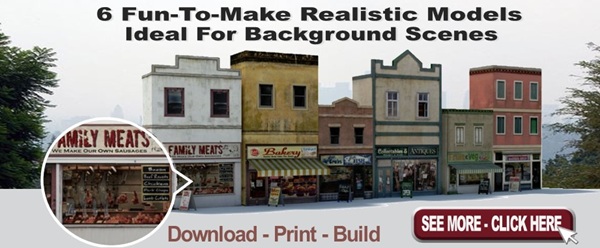






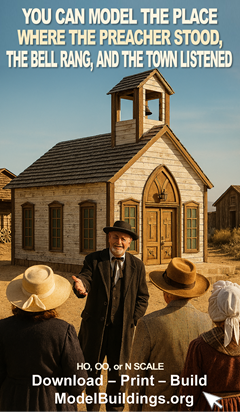
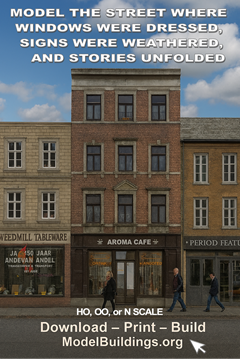
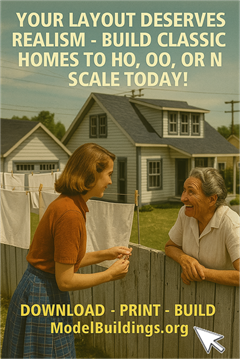
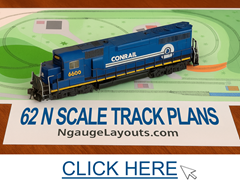
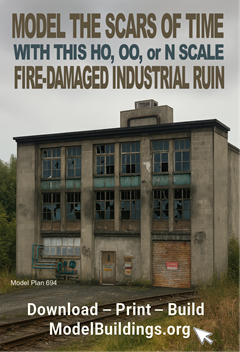
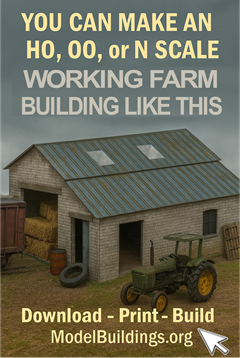
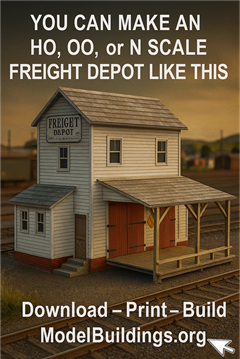
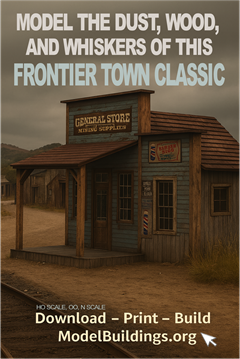
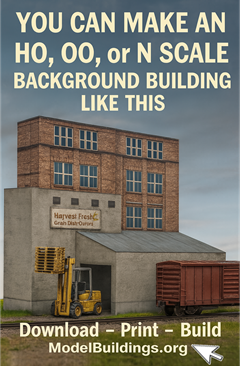
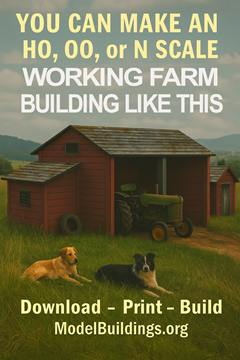

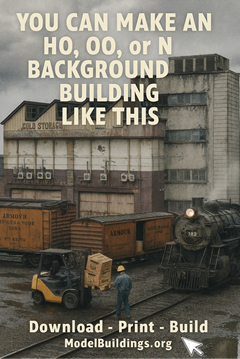
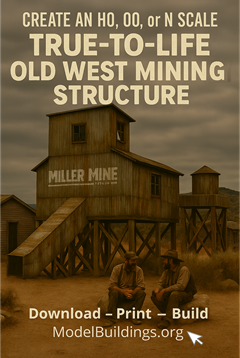
Leave a Reply